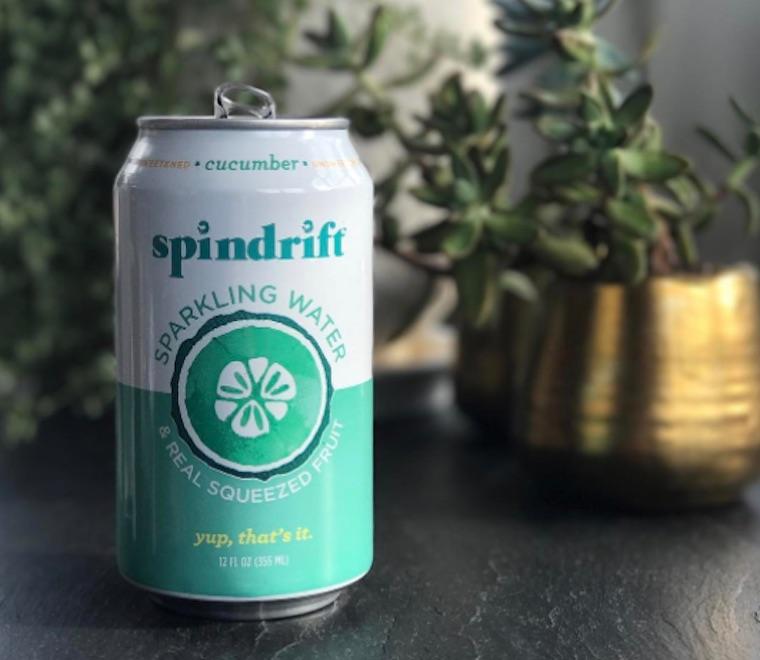Food Label Reading 101: What Is Natural Flavor and Is It Good for You?
Ask any nutritionist for advice when it comes to grocery shopping and there's one thing you're bound to hear: read labels and stay away from any product filled with 12-letter ingredients that you can't pronounce.
So "natural flavors" shouldn't be an issue, right?
As it turns out, not all wellness experts agree with that logic. The Food and Drug Administration maintains that everything under this blanket term must be derived from "real food", but there are more than 2,500 ingredient combos that classify as "natural flavors". And few people except food manufacturers actually know what all of those ingredients are, leaving many to wonder whether they're really as safe as they sound.
So, what does the average consumer need to understand about them?
Here's the lowdown on the term "natural flavors"—according to insiders.

What's considered "natural"?
On the surface, "natural flavors" sounds pretty straightforward. "For purposes of ingredient labeling, 'natural flavors' means flavor constitutes derived from a spice, fruit or fruit juice, vegetable or vegetable juice, edible yeast, herb, bark, bud, root, leaf or similar plant material, meat, seafood, poultry, eggs, dairy products, or fermentation products from these foods," says FDA press officer Deborah Kotz. In other words, the flavor itself must come from a plant or animal.

{{post.sponsorText}}
But here's where things get complicated: A single natural flavor can consist of 50 to 100 different components, according to the Environmental Working Group. Often, these include solvents, emulsifiers, and preservatives—substances that preserve the natural ingredients being used or help them mix with each other. Sometimes, these additives are synthetic. Will they hurt you? Probably not. (More on that in a minute.) But they do present a fuzzy gray area in terms of what's considered truly natural.

A food scientist's perspective
Dhyaneshwar B. Chawan, PhD, is the president of SRIM Enterprises, a food research company that formulates natural flavors for a variety of food and beverage companies. He's been testing ingredients for over 25 years, so he knows exactly what goes into those secretive natural flavor blends. And even though it's not all written out on the label, he maintains that solvents, emulsifiers, and preservatives are completely safe to consume. What's more, he argues it's a good thing they can be added—they're keeping the food safe, too.
"You have to preserve what's made so the flavor doesn't change," he says. "Oxygen can change the food and it can become bitter, and even poisonous, so adding enzymes that are a catalyst to this change [prevents that]."
That said, Dr. Chawan's all in favor of brands getting more specific about what's in their products, and he doesn't mind sharing the formulas behind the natural flavors his company makes. He thinks the more people who know about what's hidden behind the "natural flavors" label, the better—even if it requires a little Googling while you're grocery shopping.
"I work with a lot of startups and it's becoming a priority for food companies to be able to list everything on the label," he says. "Consumers are demanding it, and they're willing to pay more for brands that have clean labels."

Health-conscious brands are becoming more transparent
Startups aren't the only ones making steps to be more transparent; bigger companies like KIND, Suja, and Bolthouse Farms are making it a priority too. Just ask Bill Creelman, founder and CEO of flavored sparkling water brand Spindrift, whether there's a thirst (if you will) for honesty in labeling.
"When we did the initial development for the brand in 2009, there were certain flavors we couldn't get [perfect] on our own using just fruit, since obviously the taste changes based on the season," he says. So, like many companies, Spindrift turned to a lab of food scientists and tasked them with creating those flavors from natural ingredients.
But this wasn't a particularly transparent process. "A few years ago, we started getting emails from customers asking us what, exactly, the natural flavors were, but when I asked our supplier, no one would tell me," Creelman says. Part of that is because labs want to protect their formulations from copycats, but the more Creelman researched the term "natural", the less comfortable he felt. Eventually, he opted to replace all natural flavors with 100 percent real fruit extracts.
In the end, it's important to remember that consumers do indeed have the power. When you vote with your dollar, brands are forced to respond. (Even the FDA is moving toward more transparency—I mean, have you seen the new nutrition labels?) The key is to stay informed so you know exactly what you're voting for.
Something else that can be complicated: alternative sweeteners. Here's everything you need to know about natural sugar substitutes. Or, you can just stop eating sweets completely by following a few simple steps.
Loading More Posts...